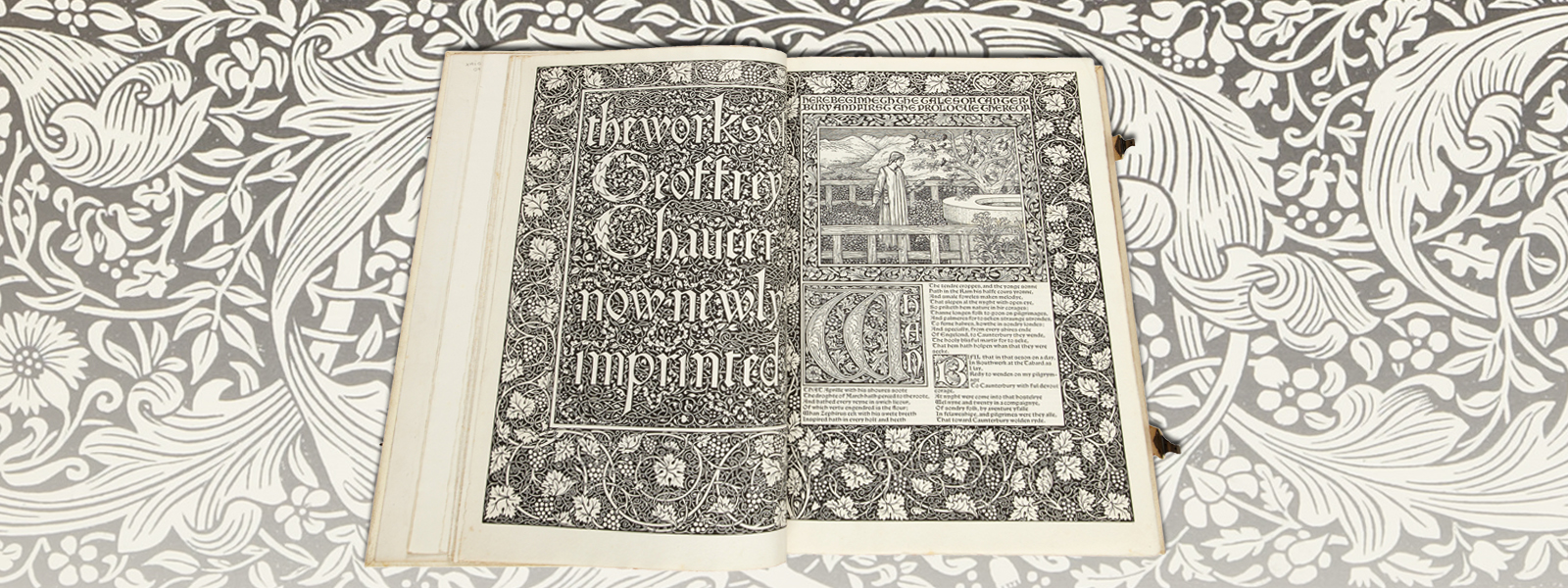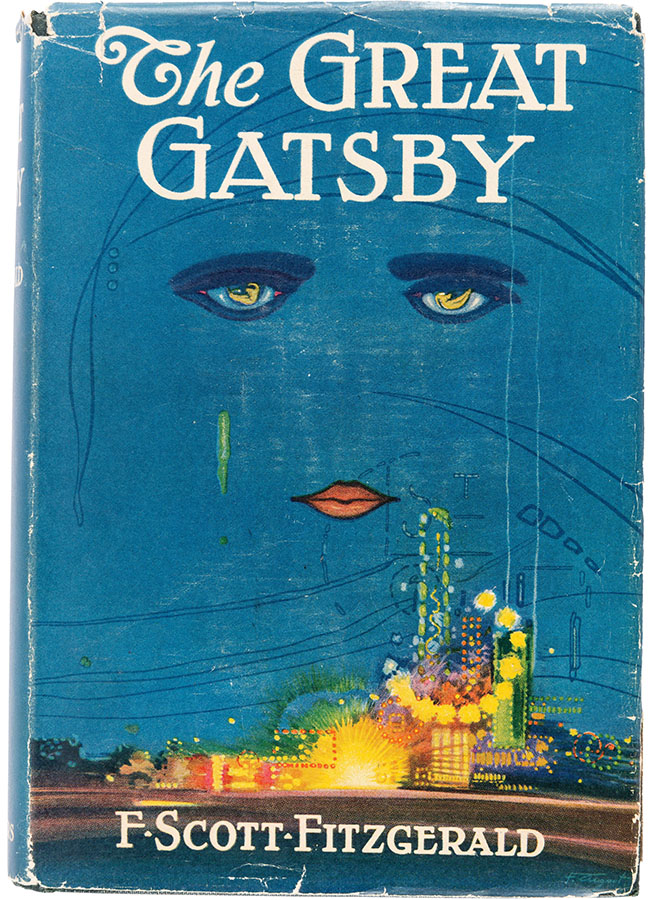WHAT EVERY BIBLIOPHILE NEEDS TO KNOW TO BUILD A MEANINGFUL AND VALUABLE BOOK COLLECTION
By Laura Kostelny
If you’re lucky, you’ve read a book that changed your life. If you’re really lucky, you’ve had that happen more than once. Maybe that’s the reason personal libraries are so important to artistic geniuses like George Lucas (said to have more than 27,000 books) and the late Karl Lagerfeld (he claimed to own 300,000!). But in an era of ChatGPT, a dwindling publishing business and banned reading lists, books are becoming more treasured by geniuses and the general public alike. In short, now is the perfect time to amass some stacks.
Most modern-day book enthusiasts don’t start out collecting first editions – a practice that began in the 1920s. They simply hang on to dog-eared copies of their favorite tomes. Once a more fervid passion hits, they move on to more pristine copies of those favored titles and then expand from there. But lest you think becoming a “real” collector requires loads of cash and extraordinary finds like an 1896 copy of The Works of Geoffrey Chaucer or an inscribed first edition of F. Scott Fitzgerald’s The Great Gatsby, Heritage Auctions’ International Director of Rare Books and Manuscripts Francis Wahlgren has news for you: You don’t need either. He should know – he has been in the business of book appraisals and auctions for almost 30 years, and his interest is as personal as it is professional. Wahlgren is always on the hunt and counts a first edition of Charles Dickens’ Great Expectations in a contemporary binding as one of his greatest finds. (“I’m very proud of that one,” he says. “I bought it online sight unseen.”)
Whether you’re a regular at Books-A-Million or have a cool million to spend, Wahlgren is an open book when it comes to sharing his collecting advice.
Enlarge
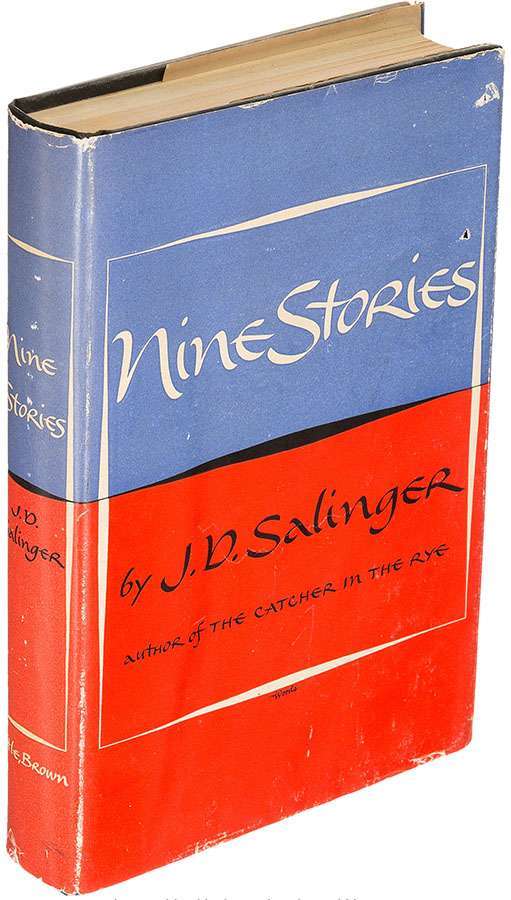
Start From the Heart
“Collecting books with the sole intention of making a profit is the wrong way to go about it,” Wahlgren says. “Think about a subject that you’re passionate about – it could be medicine, law, literature, technology or history.” If literature is your thing, for example, consider focusing on certain authors rather than a specific popular title. “The more obscure the author, obviously, the easier it will be to build a collection,” he says. But even if you’re absolutely obsessed with a wildly renowned author like J.D. Salinger, you don’t have to mortgage the house to get a first edition of The Catcher in the Rye (estimated at around $65,000). Wahlgren suggests emerging collectors consider hunting for other collectible editions of the sought-after title or first editions of the author’s less popular titles.
Enlarge
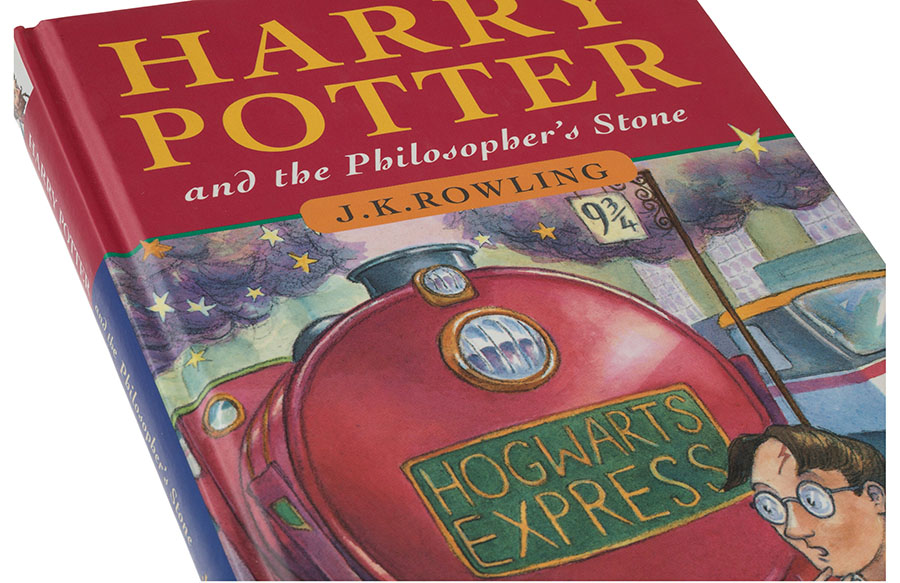
Old Isn’t Necessarily Gold
“A lot of old works aren’t valuable,” Wahlgren says. “Like almost everything, book value is determined by supply and demand. At any given time, there are books that are demanding people’s attention for a variety of reasons that drive up a price.” Take Charles Darwin’s highly sought-after On the Origin of Species. Published in 1859, it can fetch as much as $200,000 today. Compare that with a first-edition Harry Potter and the Philosopher’s Stone, which was published 138 years later and recently sold at Heritage for more than double that amount. “Nostalgia is a big factor, especially when you have people who can afford to pay a lot for something they loved growing up,” Wahlgren says. “Maybe 10 years ago, you could have gotten a Harry Potter for $10,000 to $20,000 – that’s how fast the price has gone up. But that’s a jump you can’t predict. Harry Potter and a classic like The Great Gatsby strike a cultural connection, so it’s only natural that people want to collect those titles.”
Enlarge

Verify the Version
The earliest edition of a title is generally the best option. “It’s ideal to have a copy from the time when that particular concept or story was originally presented to the world,” Wahlgren says. “That’s what a seasoned collector would typically want.” However, if a first edition is out of reach, don’t give up. Look for a second or third edition in the best shape you can afford. “It’s better to have fewer books in good condition than stacks in poor form. That can be hard for passionate collectors to hear – after all, accumulation is part of the process,” he says. But if you have your heart set on a so-so find and you’re too impatient to wait for a superior copy, Wahlgren won’t stand in your way. “After all, you can always upgrade later,” he says.
This concept applies to new books, too. Always shop for a first edition when you’re buying brand-new. After all, you never know what’s going to become the next big thing. “Sometimes you’ll find first, second and third printings all in the same store, so make sure to check behind the title page,” Wahlgren says. “If you can get a first edition signed by a living author, that’s even better. Stay away from a personal message – just get a signature on the title page.” Depending on demand, that signed first edition can go from a $30 book to a $300 book.
Enlarge
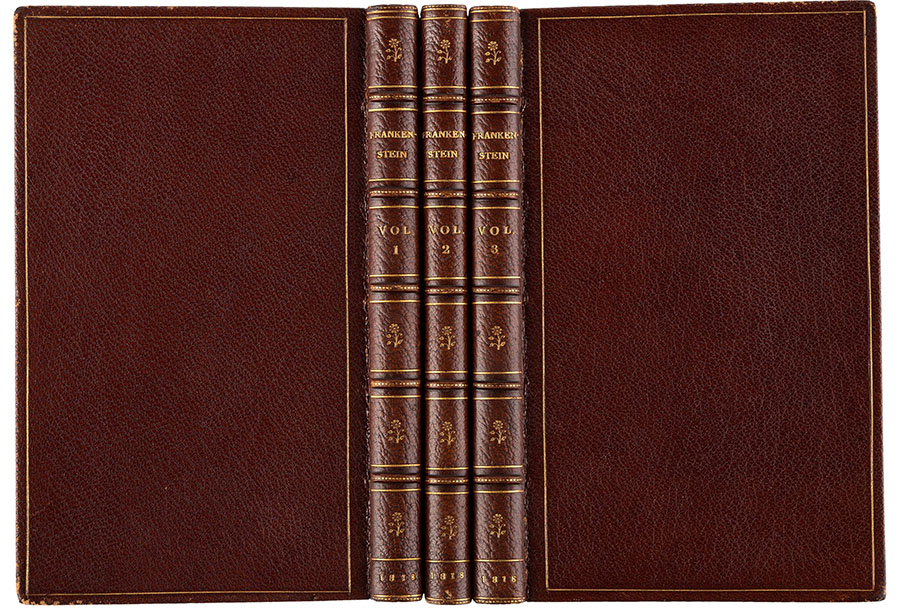
Mind the Leaves and Binding
When you’re looking at 19th- or 20th-century books, anything with missing pages is a no-go. However, if earlier works are lacking, that might be acceptable. “Something from the 15th century with missing pages? That can be excusable,” Wahlgren says. “The first collected works of Shakespeare are almost always missing the first page or two because people would often remove the portrait at front and stick it on their wall. With old books, the beginning and the end are the most vulnerable – those leaves are always the most damaged or lacking.”
Wahlgren says the condition of a book’s binding is also key. “Experts like original binding, meaning the way the book was issued in its original wrapper and boards [the cardboard beneath the linen or paper cover]. Mary Shelley’s Frankenstein, for example, was issued in very fragile paper and boards,” he says. “But even if a book was rebound, it can still be a find. The newer binding could be very elaborate and bound by an important binder, so that can add value. A Harry Potter thrown into leather binding makes for a $10,000 to $20,000 book. While it’s worth more in its original boards, if it’s beaten to hell, the price will go down significantly.”
Enlarge
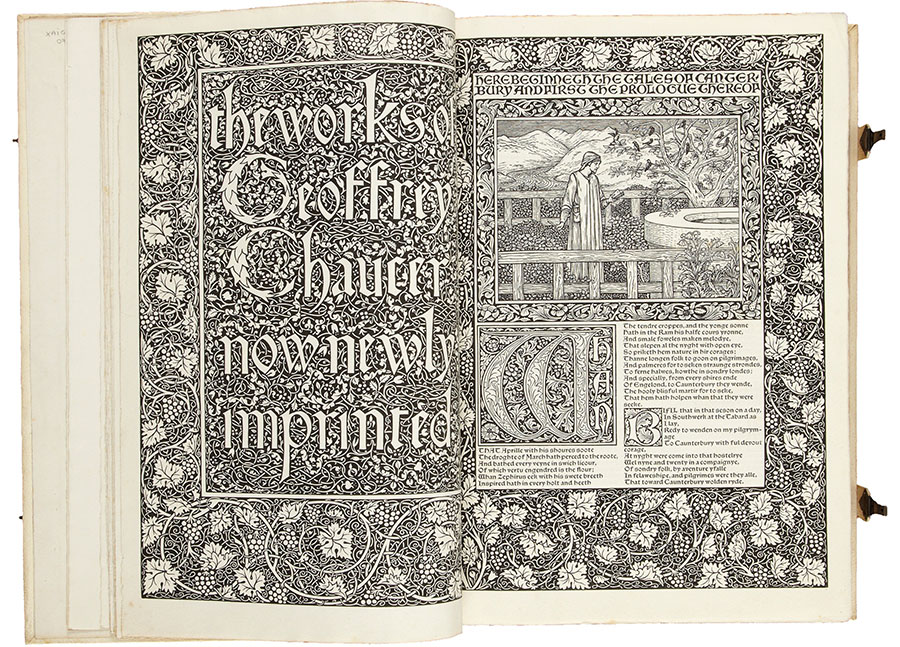
Protect Your Prized Pages
Once you’ve brought a treasured tome home, you’ll need to keep it safe. As with many collections, climate can be a killer when it comes to books. “In very humid climates such as Florida, we’ll often find books that have gotten really moist, with pages that have spotted and mildewed,” Wahlgren says. “First and foremost, you want to keep your books dry. Water is worse than fire. You can’t undo the damage that happens after a book gets soaked.” Wahlgren recommends keeping your library at a temperature no higher than 70 degrees, with around 50 percent humidity. “If you have a very valuable book, you might consider placing it in a slipcase or folding case,” he says. “For a modest amount of money, you can get a protective outer box, which will also protect a book from damage that occurs from sun exposure, like bleached-out spines and faded colors on a cover.”
He also urges readers to take care when removing a book from the shelf: “Don’t pull too hard on a spine. Try to nudge the book, so you can grasp it with your thumb and fingers rather than pulling it with a finger on the top. I’ve seen way too many spines come off.”
LAURA KOSTELNY is a contributor to Intelligent Collector.
Heritage’s next Books auction takes place June 8. For inquiries, contact Francis Wahlgren at FrancisW@HA.com or 212.486.3738.

